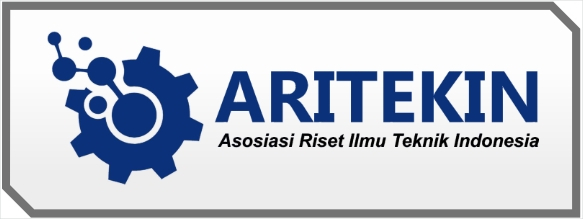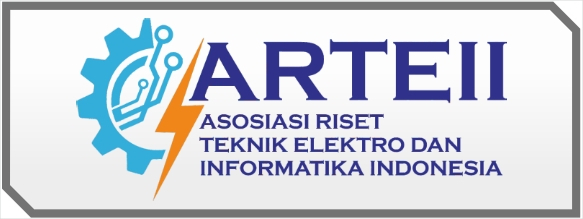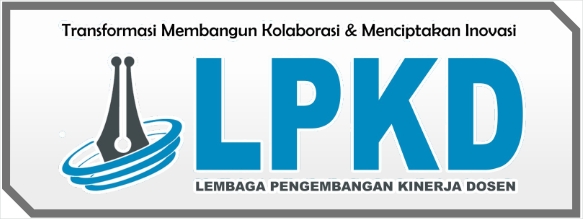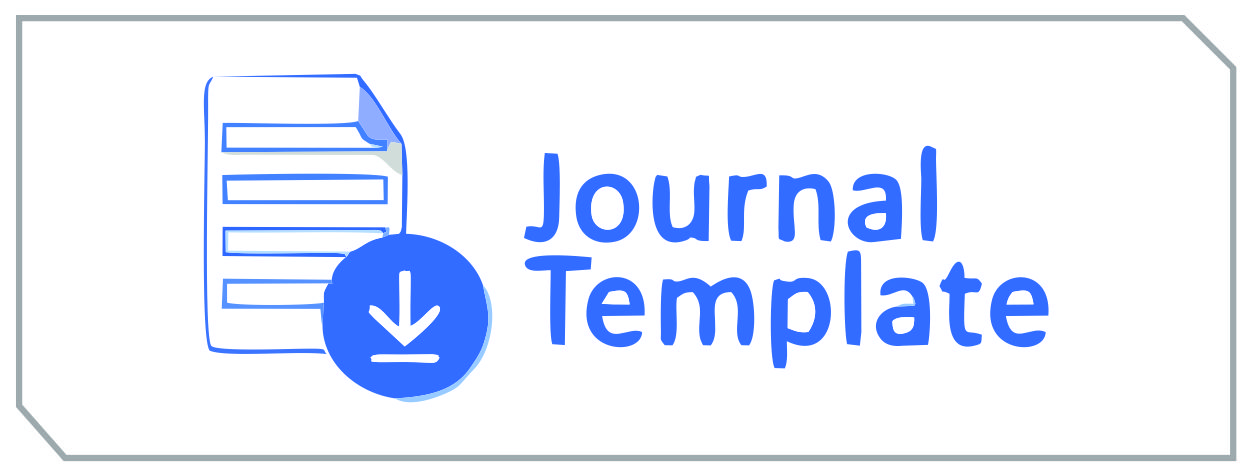APLIKASI ILMU TAJWID BERBASIS ANDROID ( STUDI KASUS SD YAPIS 01 MANOKWARI )
DOI:
https://doi.org/10.51903/juritek.v1i3.499Kata Kunci:
Android, B4A, SDKAbstrak
In order to study the holy book of the Qur'an, reading and understanding the content and meanings of every verse of Al-Qur'an that we read of course we need to learn tajwid punctuation in the letters of each verse of the Qur'an. For the reading is as a tool to make it easier, know the short and length, to know lafaz and the law of reading the Quran. Because tajwid is applied at an early age, children are often easy to forget and difficult to understand material reading. The purpose of making tajwid learning application to facilitate children to understand and master the reading of material.
The writer uses research method data collection, including the use of observation, interview, and questionnaire. The tool was used in the design of this system using UML modeling Use Case Diagram, Activity Diagram, Sequence Diagram, and software used by the writer is Basic4Android (B4A) and the tool used is android SDK.
Referensi
[2] Hengky W.pratama, “Pengertia aplikasi dan sejarah perkembangan aplikasi,” 2017. .
[3] Darsono, “Theori Pembelajaran,” 2002. .
[4] D. Faaz, “Pengertian Ilmu Tajwid dan Pentingnya,” 2012. .
[5] Developer.android, “Mengenal Android Studio,” 2017. .
[6] M. Yovi, “Sejarah Android dan Nama-Nama Versi Android,” 2015. .
[7] M. Irwan, “White Box Testing Dan Black Box Testing,” Web, 2013. https://www.academia.edu/17391376/WHITE_BOX_TESTING_DAN_BLACK_BOX_TESTING.
[8] Arief, “Pengertian UML,” 2017. .
[9] I. Askuri, K. Yahya, and N. Fuad, “Aplikasi Pengenalan Dan Pembelajaran Ilmu Tajwid Berbasis Android,” J-Tiies, vol. 1, no. 1, pp. 255–260, 2017, [Online]. Available: https://jurnalteknik.unisla.ac.id/index.php/JTIIES/article/download/124/84.
[10] M. H. Ashadiqi, A. Erlansari, and F. Farady, “Tajwid Berbasis Android,” J. Rekursif, vol. 8, no. 1, 2020.
[11] N. L. Anggreini and I. P. Putra, “Aplikasi Pembelajaran Ilmu Tajwid Berbasis Mobile,” J. Inf. dan Komput., vol. 10, no. 1, pp. 44–49, 2022, doi: 10.35959/jik.v10i1.300.



.png)















